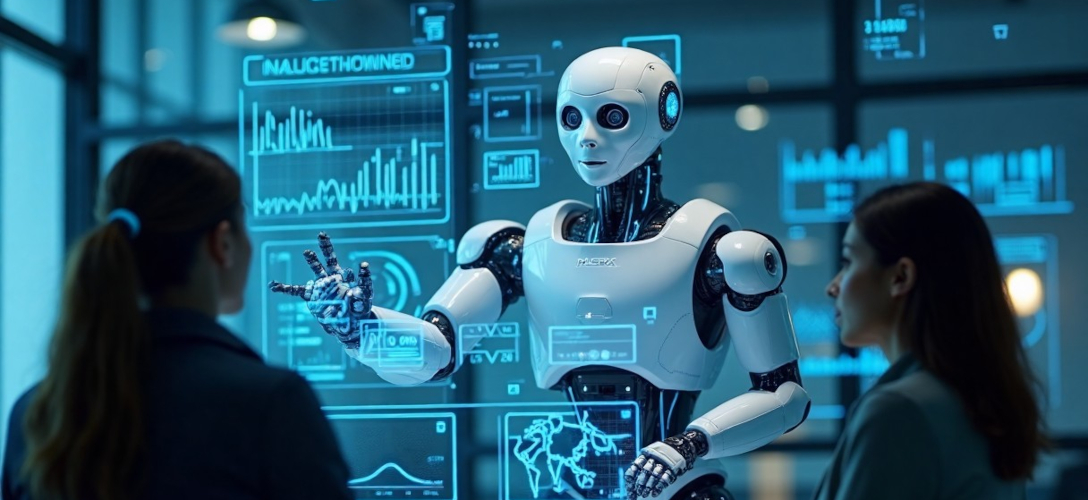
Transforming Our Brainies: AI Image Manipulation Experiment - 3 / 5

Transforming Our Brainies: AI Image Manipulation Experiment - 3 / 5
Part 3: Testing Fotor, PhotoEditor.ai, Consistory, Phot.ai, and GetImg
In Part 2, we tested Flux, cgdream.ai, and Think Diffusion to enhance our Brainies, and started achieving better results. Please refer to Part 1 if you are curious about why we embarked on that journey.
In Part 3 of our Brainy transformation series, we tested five more tools: Fotor, PhotoEditor.ai, Consistory, Phot.ai, and GetImg.
Our approach:
- Upload the current version of Text Model Brainy.
- Apply facial features, enhance details, and make corrections.
- Quickly compare outputs for clarity, creativity, and brand alignment.
Fotor
Test 1
Fotor
presents itself as an AI replacer. It has the capacity to identify the main objects in a picture (quick select) and replace some of them. We selected our Brainy and used our best prompt from Part 2 to add human features with a few modifications:
Serious 3D mascot designed for a B2B brand, taking the form of a brain with anthropomorphic characteristics. This brain is personified as an elegant British woman in her sixties, showcasing a sophisticated demeanor through her deep blue olive-shaped eyes, long oval face, large straight nose, and fine rose lips. Her medium cheekbones and curly white hair add to her distinguished appearance, complemented by large white eyebrows and subtle wrinkles at the corners of her eyes, suggesting wisdom and experience.
The first result is unsatisfactory, most likely because the two sides of Brainy are not recognized as a single object.

Test 2
For the second test, we use the manual brush to make sure that the Brainy’s brain is a single object. We were then informed that we have reached our daily limit, which appears to be one action. We cannot continue the test further.
Fotor Conclusion
We cannot draw any conclusion from a single test.
PhotoEditor
The activation email from PhotoEditor ended up in my junk mail folder. When we used the activation link, it was invalid. A smooth registration process is essential for any tool that aims to succeed. We are moving on to the next tool in our list.
Consistory
The purpose of Consistory is to generate consistent characters across a series of images without requiring additional training. It does not allow uploading reference pictures, so we will have to create a new image. The promise is that we will be able to use it later in different scenes.
Test 1
We choose:
- Style: 3D animation,
- Subject: our prompt,
- Subject words: brain, woman, British,
- Anchor Scene Prompt 1: white background,
- Anchor Scene Prompt 2: blue background,
The style seems to have too strong an influence, and does not offer the creativity to create a walking brain. This is a difficult balance for AI-powered creative tool. When a tool offers total freedom to the user, it can result in bad looking results and requires several attempts. While a tool configured to always produce good-looking results restricts the creative freedom of the user.
Consistory falls into the latter category, producing good-looking images that do not meet our objectives.
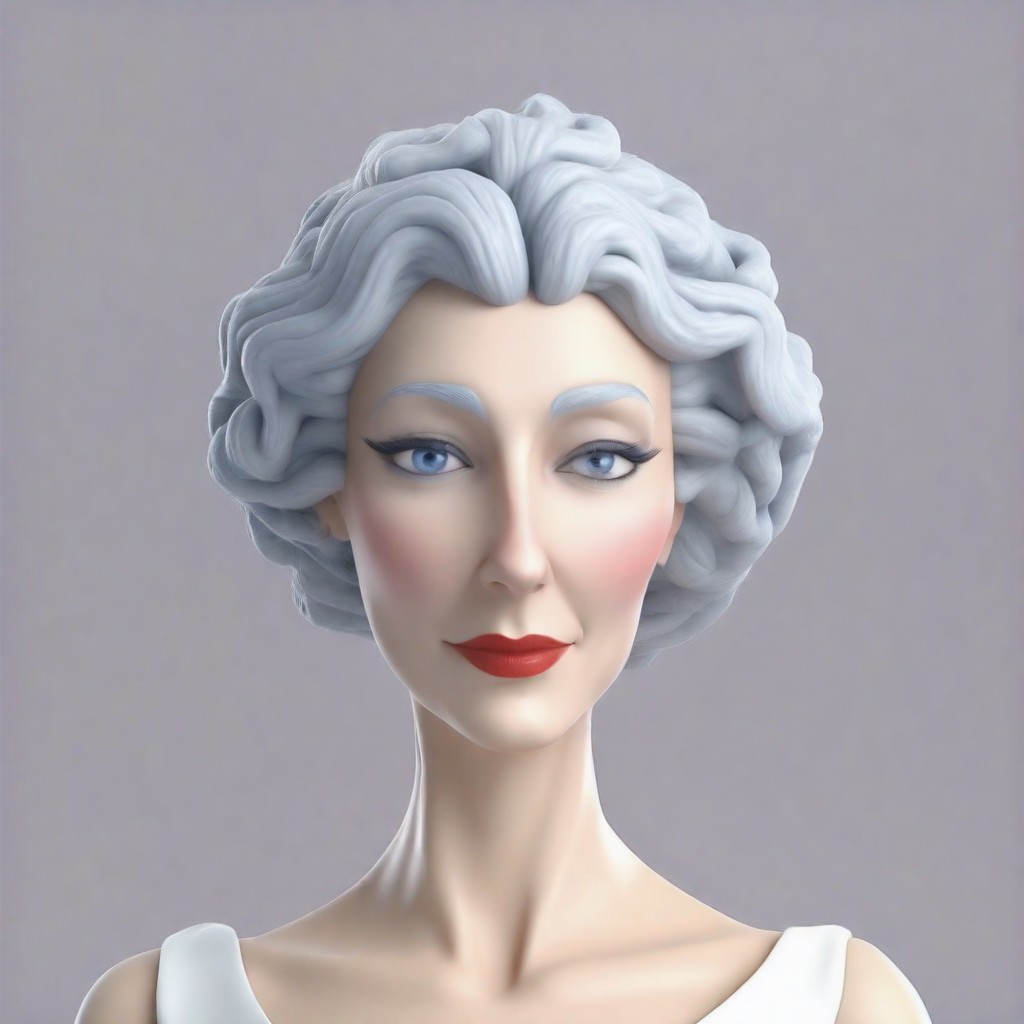
Test 2
We have decided to go back to the source of the Brainy. We will try first to produce a simple mascot, then add features to it.
Our successive prompts are:
A brain with blue eyes and a large smile, holding a book and a pen.A smart brain with blue eyes and a large smile, holding a book and a pen. Long thin black legs and arms.An old, female, elegant, smart brain with blue eyes and a large smile, holding a book and a pen. Long thin black legs and arms.
The model cannot combine the concept of a brain and human features. It is a pity that the tool does not allow us to upload our existing mascot.
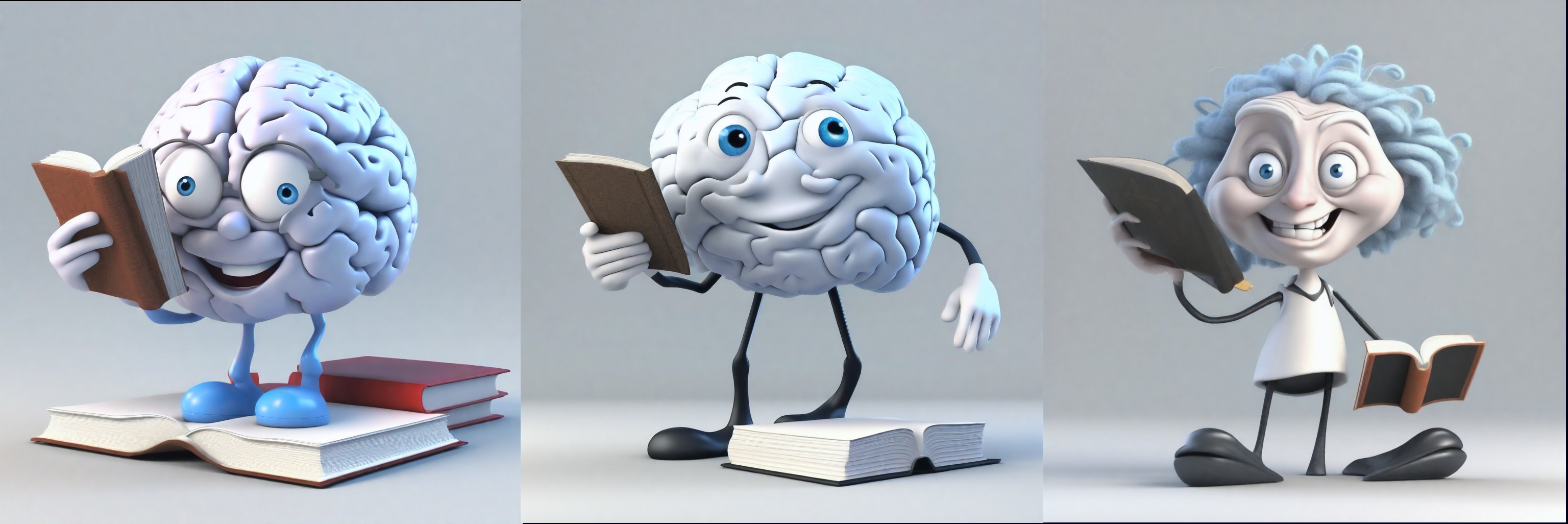
Consistory Conclusion
Consistory is a very promising tool, but does not offer sufficient creative freedom.
Phot.ai
Phot.ai has a very similar interface to Fotor and PhotoEditor.ai, with a brush to select the part of the picture to “inpaint.”
Test 1
We use the same prompt as with the first two tools.
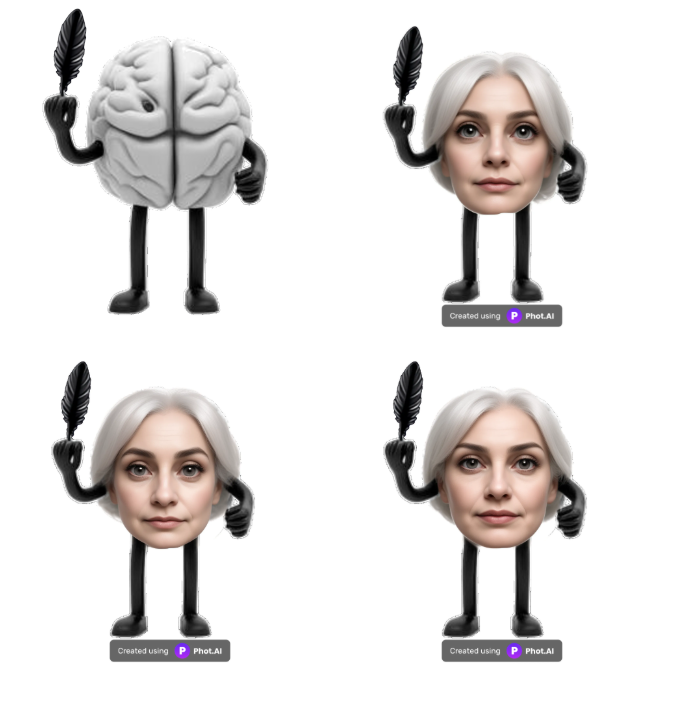
Phot.ai Conclusion
Phot.ai takes the inpaint instruction literally and does not attempt to blend elements together.
GetImg
GetImg has several image manipulation tools. The interface appears professional.
The inpaint interface is similar to the other, with more tools to manipulate the mask and increase precision. We use the same prompt as the others.
The result is quite surprising.

The tool has kept the general shape of the brain, position of the various elements. We had no idea why it turned into a black man’s face.
Three more trials yielded equally baffling results.
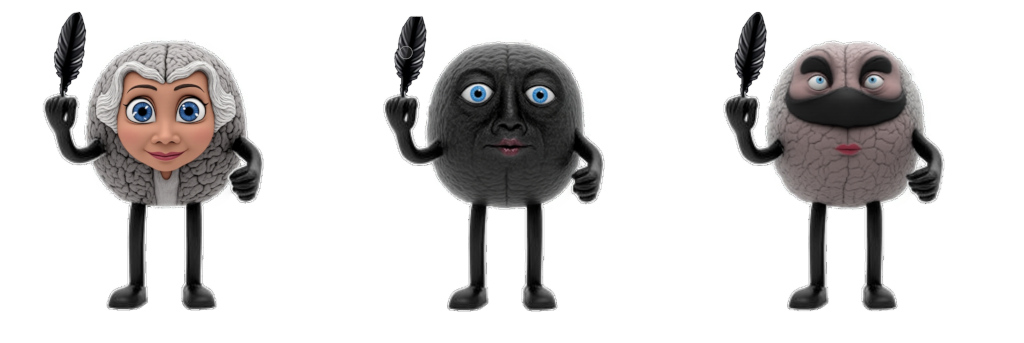
We are facing the opposite problem that Consistory had. This AI image modification is too creative and generates results that are difficult to control.
Part 3 Conclusion
The only tool that provides the features and usability closest to what we are looking for is Fotor. It can blend elements together without changing completely the image. Unfortunately, we could not perform enough tests due to the limitation of one action per day.
Our best pictures are still the ones generated in Part 2 with cgdream.ai.
One of our key discoveries in this part is how different the outputs are from the same input. The expected behavior of these tools is not standardized. Every tool implements a different way of handling requests. AI image manipulation is still in its early stages, and users may waste a lot of time figuring out which tool to use and how. Therefore, we will continue testing more tools to save you time.
In Part 4 ], we test five more tools to complete our list: KlingAI, Dezgo, Midjourney, OpenArt, and Recraft.
We are Here to Empower
At System in Motion, we are on a mission to empower as many knowledge workers as possible. To start or continue your GenAI journey.
Let's start and accelerate your digitalization
One step at a time, we can start your AI journey today, by building the foundation of your future performance.
Book a Training
